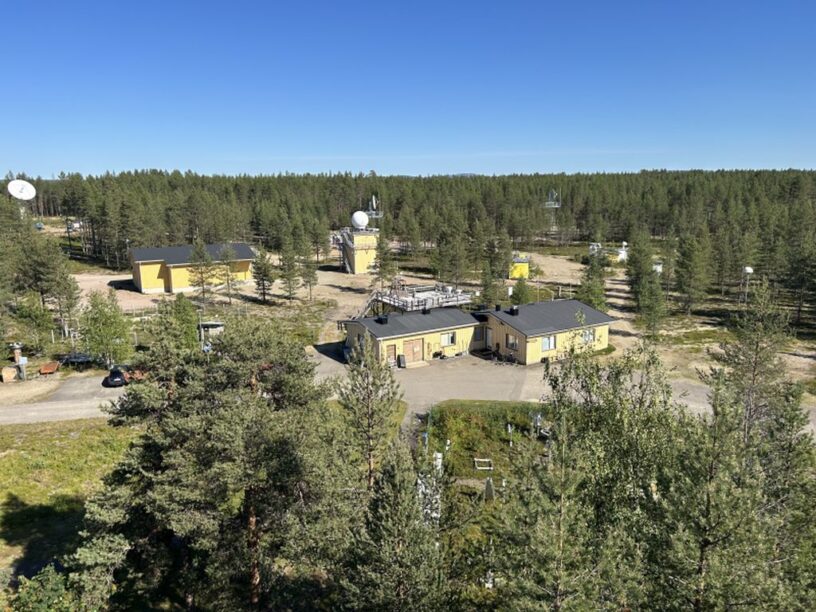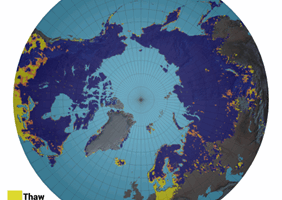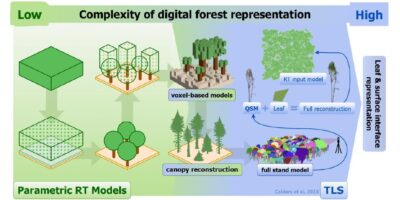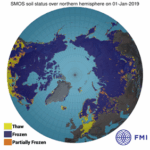In August-September 2025, a series of atmospheric nitrous oxide (N₂O), carbonyl sulfide (COS), carbon monoxide (CO), methane (CH₄), carbon dioxide (CO₂), and ozone (O3) profile and column measurements were conducted at the Arctic Space Centre in Sodankylä, using meteorological balloons, drones and ground-based Fourier transform spectrometers. The main objective of the research is to accurately measure atmospheric profiles, test novel instrumentation, and compare the results with model simulations and satellite observations.
In this campaign scientists applied a new technique for continuous and discrete vertical profiling of N2O, COS, CO, CH4 and CO2. Air samples were collected using AirCores and the LIghtweight Stratospheric Air (LISA) sampler. The analysis was performed on a Quantum Cascade Laser Spectrometer (QCLS) and on a cavity ring-down spectrometer (CRDS). ECC ozone sensors were also flown to obtain accurate measurements of ozone concentrations in the atmosphere. The campaign provided valuable information on the accuracy of new sampling technologies. The results will help to further develop instrumentation, models and satellite products.
Accurate measurements of N2O and COS have been rare in the past. N2O is known as a long-lived greenhouse gas, with a lifetime of 114 years. Warming potential of N2O is 270 times greater than CO2. N2O has impact on climate change and stratospheric ozone depletion. COS is the most abundant sulfur-containing gas species in the atmosphere, with a tropospheric mole fraction of 350-500 parts per trillion. COS has been used as a proxy to partition photosynthetic uptake of CO2 from respiration, which improves the quantification of carbon fluxes between atmosphere and vegetation.
Contributing institutes of the observations taken in Sodankylä in late August-early September 2025 were the Finnish Meteorological Institute and the University of Groningen in the Netherlands.
The field campaign at the Arctic Space Centre of the Finnish Meteorological Institute in Sodankylä was supported by the ESA FRM4GHG, ESA-FMI Sodankylä Supersite project and by the participating organizations. The campaign marked the first large balloon-borne experiment in Sodankylä since the start of the ESA’s Supersite project.
More information
Campaign PI, Senior Research Scientist, Dr. Rigel Kivi, rigel.kivi@fmi.fi







